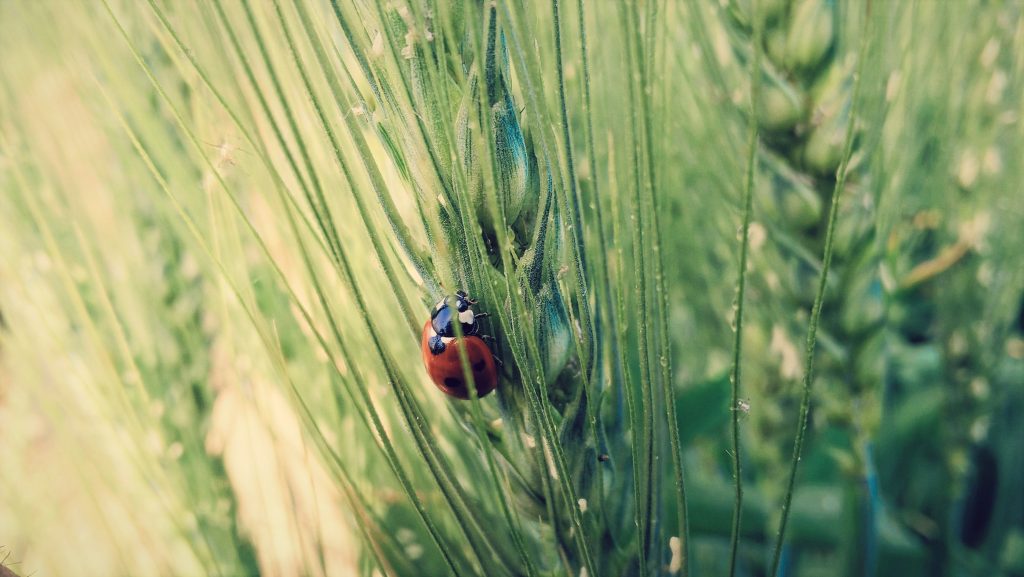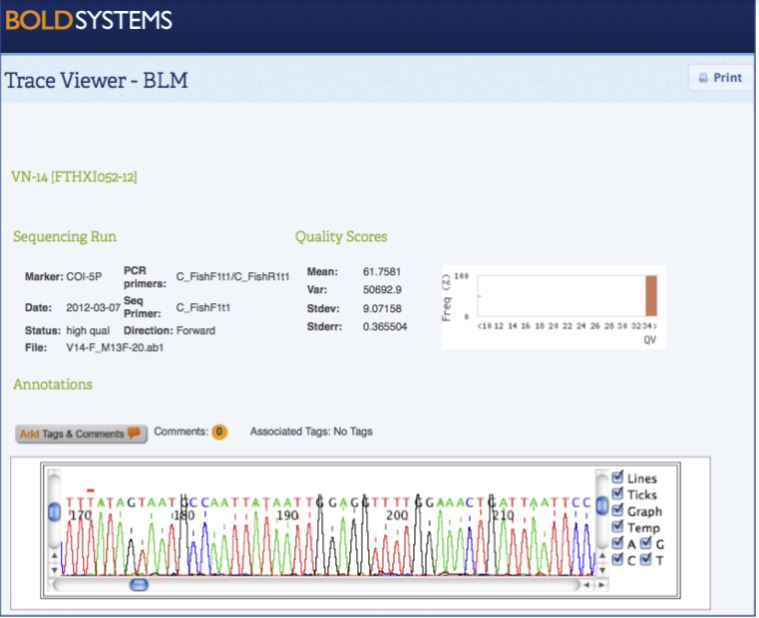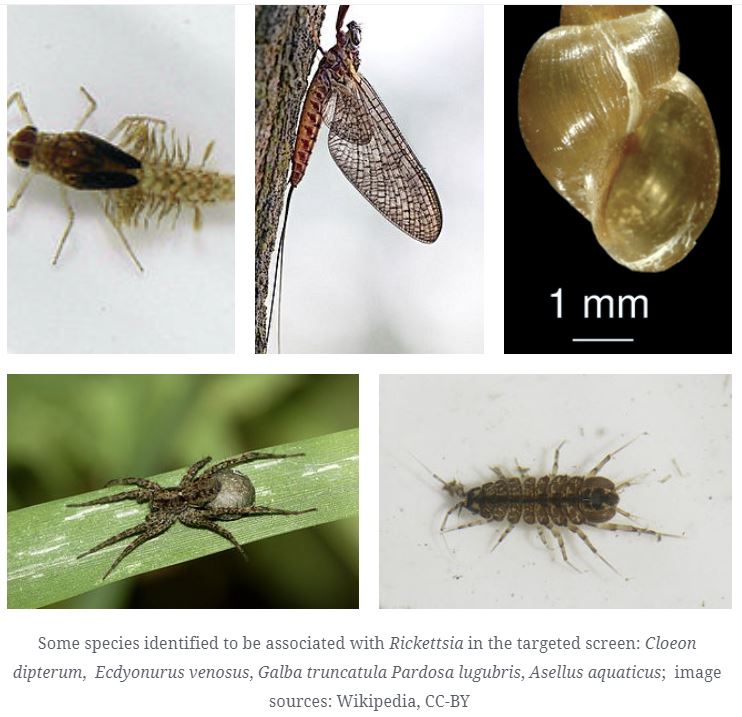One group of bacteria to rule them all
This week in GigaScience we published research revealing a previously hidden diversity of symbiotic bacteria from the genus Rickettsia, spanning a wide range of arthropod hosts. Using accidentally amplified sequence data from a barcoding database as a starting point, the results will help to better understand the co-evolution of these intimate symbioses. The new data are also relevant for studying human and animal diseases that are caused by some types of Rickettsia.
When certain insects or other arthropods produce more daughters than sons, or no sons at all, a group of unusual bacteria are often to blame. Certain symbiotic bacteria, particularly some members of the genera Wolbachia and Rickettisa, evolved tricks to mess with the sex ratio of their hosts’ offspring, which makes sense from an evolutionary point of view: These symbiotic bacteria are transmitted from host mothers (but not fathers) to their offspring. Bacteria that manage to shift the host’s sex ratio towards daughters, for example by killing male larvae, thereby increase their own chances to have lots of descendants.

However, a surplus of daughters is only the most visible hallmark of these special relationships between arthropods and symbiotic bacteria, which may be described as fluctuating somewhat between being parasitic and mutualistic.
While often capable of manipulating the host for their own advantage, Rickettsia and Wolbachia can also provide services that are of mutual benefit for host and bacteria alike
For example, they can defend their host against fungal pathogens or help out with digestion and metabolic needs.
Thus, the lifestyles of many symbiotic bacteria and their arthropod hosts became closely entangled over the course of evolution. And while Wolbachia is the textbook example for this type of symbiosis, Rickettsia are just as fascinating.

However, historically Rickettsia have first been identified not because for their host-manipulating, symbiont way of life, but as agents of human disease. The associated diseases – Rickettsioses – come in a variety of forms, including typhus, African tick-bite fever, and Rocky Mountain spotted fever (actually, “Rickettsia” are named after Howard Taylor Ricketts [1871–1910], who investigated Rocky Mountain spotted fever).
Different bacteria are responsible for distinct types of Rickettsioses, and, somewhat confusingly, not all of them are still considered to be in the genus Rickettsia proper.
In any case, Rickettsia are a large group and their host range is amazingly diverse. In their new GigaScience paper, Jack Pilgrim and colleagues from the Universities of Liverpool (UK) and Guelph (Canada) show that members of a subgroup of the genus, the so-called Torix group, are associated with a wide host range of arthropods.
Their work started with a serendipitous finding in the barcode of life database (BOLD). BOLD stores a collection of short mitochondrial DNA sequences that are used for identifying species by means of their genetic fingerprint, a method called “barcoding” (see GigaBlog for a previous post on the topic). One gene that is regularly used for barcoding studies in arthropods is COI, which resides in the mitochondrial genome and encodes the enzyme cytochrome oxidase I.

Mitochondria are descendants of bacteria themselves, and so it is not surprising that bacterial COI genes are similar to the mitochondrial versions in arthropods. Therefore, there’s a certain risk that by probing for, say, a beetle’s mtDNA-COI, the COI of a bacterial symbiont is picked up instead.
BOLD contains more than 8 million COI sequences, and “hundreds of hits were observed with high sequence similarity to Torix group Rickettsia”, the authors note in the paper. They used these “non-target” amplicons to get a glimpse into Torix diversity and host range. To this end, they analyzed a bin of BOLD data from a project that covered 184,585 arthropod specimens in total.
Jack Pilgrim and his colleagues looked specifically for COI sequences that don’t match the morphological assignment and could then be shown to be of bacterial origin. “The dominant genus was Rickettsia with 753 (66.9%) amplifications, compared to Wolbachia with 306 (27.2%)”, the authors note. Within the Rickettsia subset, the Torix group dominated with 95 % of the amplicons. In terms of hosts, Rickettsia are found all over the place in the arthropod world based on the BOLD data, including, more prominently, in Hymenoptera (a group including wasps, bees and ants), Diptera (flies), and Hemiptera (true bugs).
The authors supplemented their BOLD-derived findings with two more analyses: They experimentally probed for the presence of Rickettsia DNA in 1,612 arthropod individuals from 169 hand-picked species (both aquatic and terrestrial), and they also analyzed data from the Short Reads Archive (SRA) for contaminants pointing towards Rickettsia as the source.
The overall picture that emerges is that of a previously hidden diversity of symbiotic Torix-group Rickettsia. The potential symbionts appear in a number of host taxa that were previously not known to harbor Rickettsia, also including gastropods and several parasitoid wasp families, to name just two examples.

How exactly all these different Torix-group bacteria interact with their respective hosts, how many are capable of influencing sex ratios for example, remains to be seen.
One host group of special interest are blood feeders such as bed bugs, sand flies, ticks and biting midges. It will be interesting to explore how bacteria of the Torix group influence the ecology and life cycles of these hematophagous (“blood-eating”) hosts that are relevant for human and animal diseases.
The new work and the host diversity revealed in the analyses also support the “aquatic hot spot” hypothesis, with aquatic arthropods apparently more often associated with Torix Rickettsia than terrestrial ones.
Last but not least there’s a technical take-home message for scientists performing mtDNA barcoding studies: ”Although Rickettsia will only interfere with barcoding in a minority of cases (~0.4%), it is likely that alternate screening primers for some studies will need to be considered”, the authors emphasize. As an example, they cite a known case where accidental Rickettsia COI amplification was treated as if it were the COI of the freshwater amphipod Paracalliope fluvitalis, thereby confounding the conclusions of a phylogeographic analysis.
Not only do Rickettsia distort the sex ratio of arthropod hosts, they also can mislead scientists!
With the diversity data now available, research of Rickettsia and their hosts will move forward, to increase our understanding of their co-evolution with arthropods, but also to get a better grip on various human and animal diseases.
Read the research article:
Jack Pilgrim, Panupong Thongprem, Helen R Davison, Stefanos Siozios, Matthew Baylis, Evgeny V Zakharov, Sujeevan Ratnasingham, Jeremy R deWaard, Craig R Macadam, M Alex Smith, Gregory D D Hurst, Torix Rickettsia are widespread in arthropods and reflect a neglected symbiosis, GigaScience, Volume 10, Issue 3, March 2021, giab021, https://doi.org/10.1093/gigascience/giab021
Supporting open data in GigaDB:
Pilgrim J; Thongprem P; Davison HR; Siozios S; Baylis M; Zakharov EV; Ratnasingham S; deWaard JR; Macadam CR; Smith MA; Hurst GDD (2021): Supporting data for “Torix Rickettsia are widespread in arthropods and reflect a neglected symbiosis” GigaScience Database. http://dx.doi.org/10.5524/100873